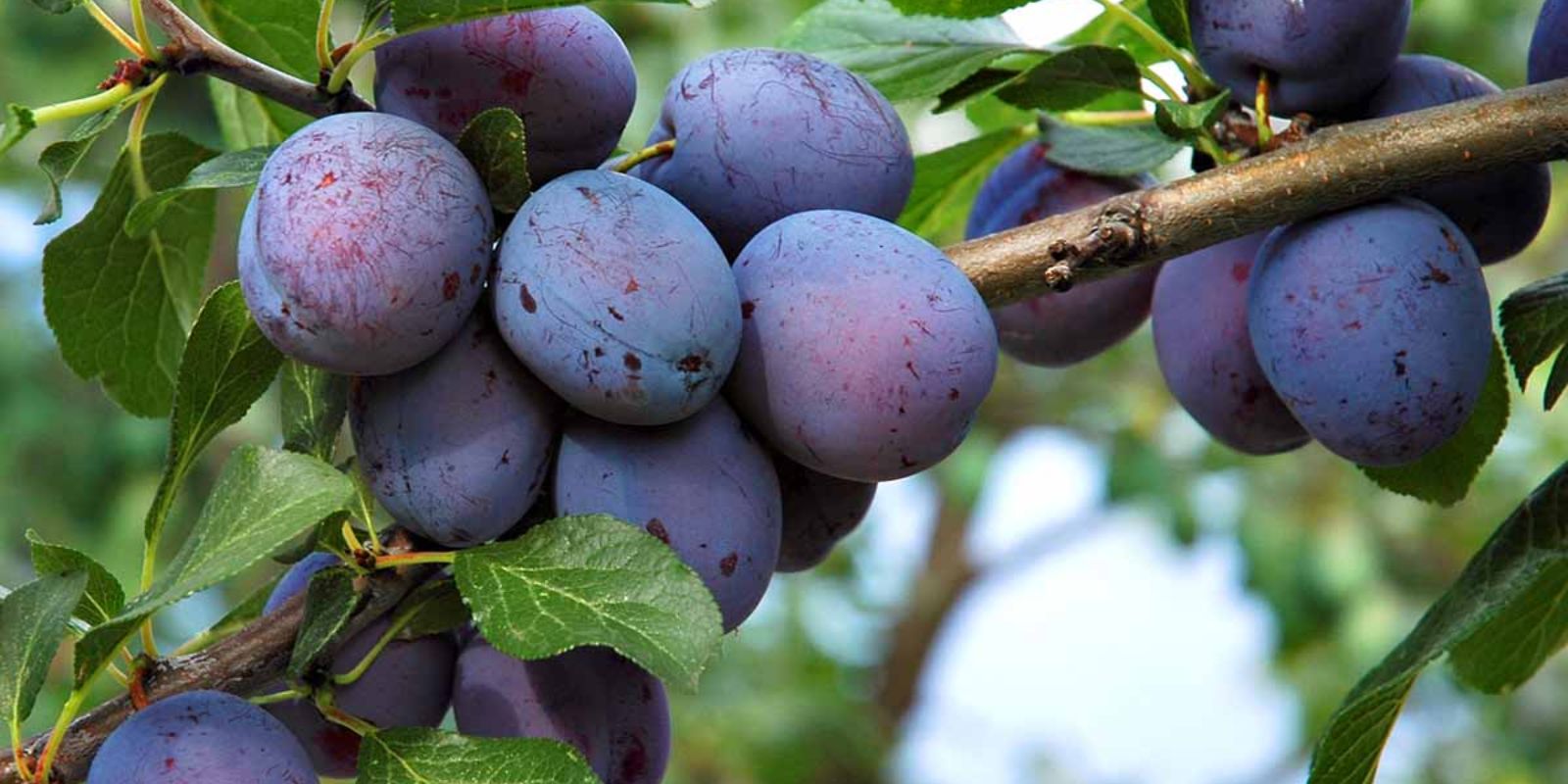Introduction
Plums are a cherished fruit for many gardeners, valued for their juicy sweetness and versatility. Whether you want to enjoy fresh plums, make jams, or bake delectable desserts, growing your own plums can be a rewarding experience. Ison’s Nursery & Vineyard, renowned for its extensive selection of nursery plants, offers valuable insights into cultivating plums. This comprehensive guide will cover the essential steps for planting, caring for, and harvesting plums, drawing on expert advice from Ison’s Nursery to help you achieve a thriving plum garden.
Selecting the Right Plum Variety
Choosing the Right Type:
When growing plums, selecting the right variety is crucial to success. Plums come in various types, including European, Japanese, and American varieties, each with unique characteristics. European plums, like ‘Stanley,’ are known for their rich flavor and are ideal for making prunes. Japanese plums, such as ‘Santa Rosa,’ offer a sweeter taste and are excellent for fresh eating. American plums, like ‘Wild Goose,’ are hardy and adapted to a range of climates. Choose a variety that suits your local climate and soil conditions for optimal growth and fruit production.
Consulting Experts:
Ison’s Nursery provides a range of plum varieties suited to different growing conditions. Consulting their experts or referring to their plant catalog can help you select the best variety for your garden. They can offer guidance on the specific needs of each type and how to maximize your success with the chosen variety.
Planting Plums for Success
Choosing the Right Location:
Plums thrive in full sun, requiring at least 6-8 hours of direct sunlight daily. Select a location in your garden that receives ample sunlight to support healthy growth and fruit development. Ensure the planting area has well-draining soil, as plums are susceptible to root rot in waterlogged conditions. Amend heavy or clay soils with organic matter to improve drainage and create an ideal growing environment.
Planting Procedure:
Planting plums at the right time is essential for their establishment. Early spring or fall are ideal times for planting, as cooler temperatures allow the tree to establish its roots before extreme weather conditions. Space your plum trees adequately to avoid overcrowding, which can lead to poor air circulation and increased risk of diseases. A spacing of 12-15 feet between trees is generally recommended, depending on the variety and rootstock.
Planting Steps:
- Prepare the Soil: Dig a hole that is twice as wide and as deep as the root ball of the plum tree.
- Add Organic Matter: Mix compost or well-rotted manure into the soil to enhance fertility and drainage.
- Position the Tree: Place the tree in the center of the hole, making sure that the graft union (where the variety is grafted onto the rootstock) is level with the soil surface.
- Backfill and Water: Fill the hole with soil, gently tamping it down to eliminate air pockets. Water thoroughly to settle the soil around the roots.
Caring for Your Plum Trees
Watering and Fertilizing:
Consistent moisture is crucial for healthy plum trees. Water regularly to keep the soil consistently moist, but avoid waterlogging. Use a mulch layer around the base of the tree to help retain soil moisture and reduce competition from weeds. Apply a balanced fertilizer in early spring to support vigorous growth and fruit development. Follow Ison’s Nursery recommendations for specific fertilizer types and application rates for your chosen plum variety.
Pruning and Training:
Pruning is essential for maintaining the shape and health of your plum tree. Prune in late winter or early spring before new growth begins. Remove any dead, diseased, or crossing branches to improve air circulation and reduce disease risk. Training young trees to develop a strong structure will enhance fruit production and make harvesting easier. For most varieties, a central leader system with well-spaced lateral branches works well.
Pest and Disease Management:
Plum trees can be susceptible to pests such as aphids, spider mites, and plum curculio. Regularly inspect your trees for signs of pest infestations and take appropriate measures to control them. Implement integrated pest management practices, such as introducing beneficial insects or using organic insecticides. Proper sanitation, including removing fallen fruit and leaves, can help prevent disease outbreaks. Ison’s Nursery may offer specific recommendations for pest and disease management based on your region and the plum varieties you are growing.
Harvesting Plums
Timing for Harvest:
Plums are typically ready to harvest when they are fully colored and slightly soft to the touch. The exact timing will depend on the variety and local growing conditions. Taste a few plums to determine the right ripeness for your preference. Plums harvested too early may lack sweetness, while those left on the tree too long may become overripe and prone to splitting.
Harvesting Technique:
To harvest plums, gently twist the fruit from the branch to avoid damaging the tree. Harvest in the morning when temperatures are cooler to preserve fruit quality. Handle the plums carefully to prevent bruising, and store them in a cool, dry place until you are ready to use them.
Conclusion
Growing plums can be a highly rewarding experience, offering both aesthetic beauty and delicious fruit for your garden. By following these expert tips from Ison’s Nursery & Vineyard, you can ensure the success of your plum trees and enjoy a bountiful harvest. From selecting the right variety to proper planting, care, and harvesting techniques, this guide provides the essential steps to cultivate healthy and productive plum trees. Start your plum-growing journey today and savor the sweet rewards of your garden! 🍑🌳

